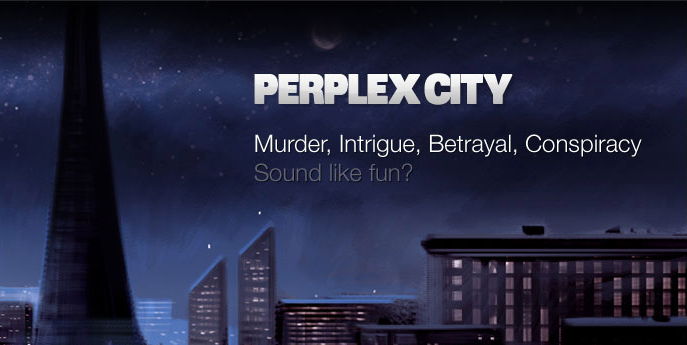In Praise of Bad Games, Bad Theater
An Immerse response
Transmedia. There’s a word I haven’t thought about in a while. It feels a little embarrassing, picking up this outdated portmanteau I once wielded with such gay abandon. Something about our culture requires us to create these headings in which we smoosh together a couple of different concepts in order to catch the activity of an impossible diverse set of makers. I’m looking at you, Augmented Reality.
“Transmedia” was one such—a useful catch-all to indicate—what, exactly? A wide lack of understanding of the meaning of the word was part of its value. It became a useful heading for project proposals, pitch decks, think pieces and hot takes, imbued with the heat of newness with none of the difficult requirements of art forms that have been around a little longer. You want to pitch me a transmedia project for my movie? Sounds cool, man that Dark Knight ARG sounded awesome, hey have you read Henry Jenkins, so interesting.

I loved taking part in transmedia—though, it was never called that at the time. The Perplex City ARG was a genuinely life-changing project for me. I had been talking with Felix Barrett, the artistic director of Punchrunk, about his work for about a year. I had this idea that as there was a route from straight theatre to film, so there would be a route between his work and video games. One: artistic, intimate, funded, experimental. The other: global, distributed, commercial, populist. A nourishing exchange of talent and capital.
Playing along with Perplex City as I did (one layer back from the true hardcore, but close enough to experience the helicopter take-off in real time), I felt a bit like Chuck Berry’s brother in Back To The Future. It was the new sound we had been looking for.
Inspired, Felix and I conceived an extraordinarily complex ARG called Last Will. The project called for a mansion house in the country, access to the Times’ editorial staff, a Channel 4 television series and a fully realized, massively-multiplayer virtual rendering of the mansion house which interacted via RFID and actuation technology in real time with the building and its occupants. For some reason we found it hard to raise the money to do all that and the project never made it past prototype stage. The seeds were sown for what became design studio Hide&Seek, and my current practice as a game-maker.
I don’t have a great deal to add to Andrea’s cogent summary of what caused transmedia to wither, other than to say one way of thinking about transmedia is to call that body of work “‘bad games” or “‘bad theatre.”
I don’t mean this pejoratively! I say this as a fan, and a frequent maker, of the stuff. It’s simply that established art forms have their own codes of practice and cultures of taste. The bar for what constitutes “‘good’” in these forms is very high, simply as a function of the amount of them that have been made, the time that they have been being made for, the number and range of people making them, and so on.
Things like transmedia that spring up in the gaps between existing forms of practice always end up being judged according to the codes of the original art forms. What other tools do most people have to judge them with? The art forms with the institutions and the money (real money, Nintendo money) absorb what they find valuable about the new thing, evolve, and carry on.
I think that “bad games” and “‘bad theatre” are very important and valuable things to make. They help us think about what “good” really is, and when “‘good” is merely a stand-in for “like that thing I like, and have liked for a long time.”
Stasis is boring. Good is often very boring. I’m grateful to the transmedia art scene, and the group of optimistic people-with-money who let us do things on sometimes a very grand scale. A guy at Warner Bros once told me that for the amount the Dark Knight ARG cost, they could have bought everyone who took part a small car and plastered it with ads for the movie.
I’m not sure that the next “transmedia” (and okay, I am definitely not saying that word again for a long time, I always hated it) is really out there either. It was a weird confluence of techno-optimism, crazy amounts of money, and the early social web. The young artists I admire who are working outside of the boundaries of existing practice have a much more critical approach to the commercial infrastructures of our digital lives, and might be very wary of taking large-scale corporate cash.
Immerse is an initiative of Tribeca Film Institute, MIT Open DocLab and The Fledgling Fund. Learn more about our vision for the project here.